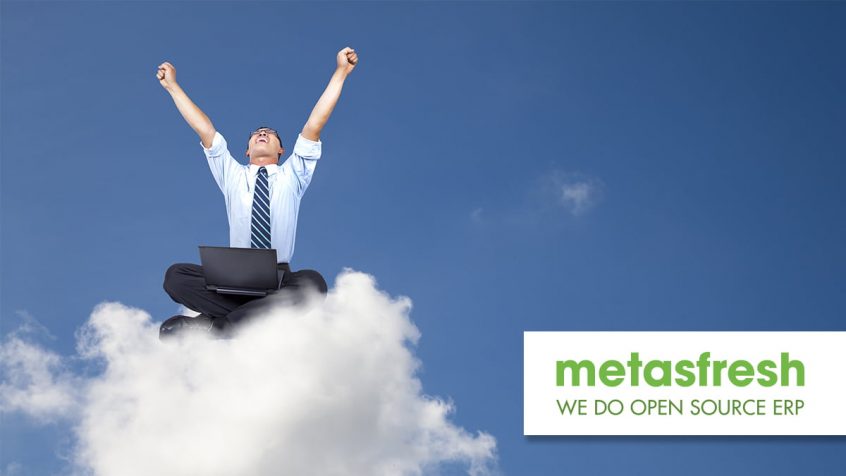Share this Post
Cloud migration is fast becoming a top priority for organisations of all shapes and sizes. In fact, according to Flexera’s most recent State of the Cloud Report, migrating more workloads to the cloud is the top European cloud initiative for 2021 — cited by 70% of respondents — while 50% are progressing towards a cloud-first strategy.
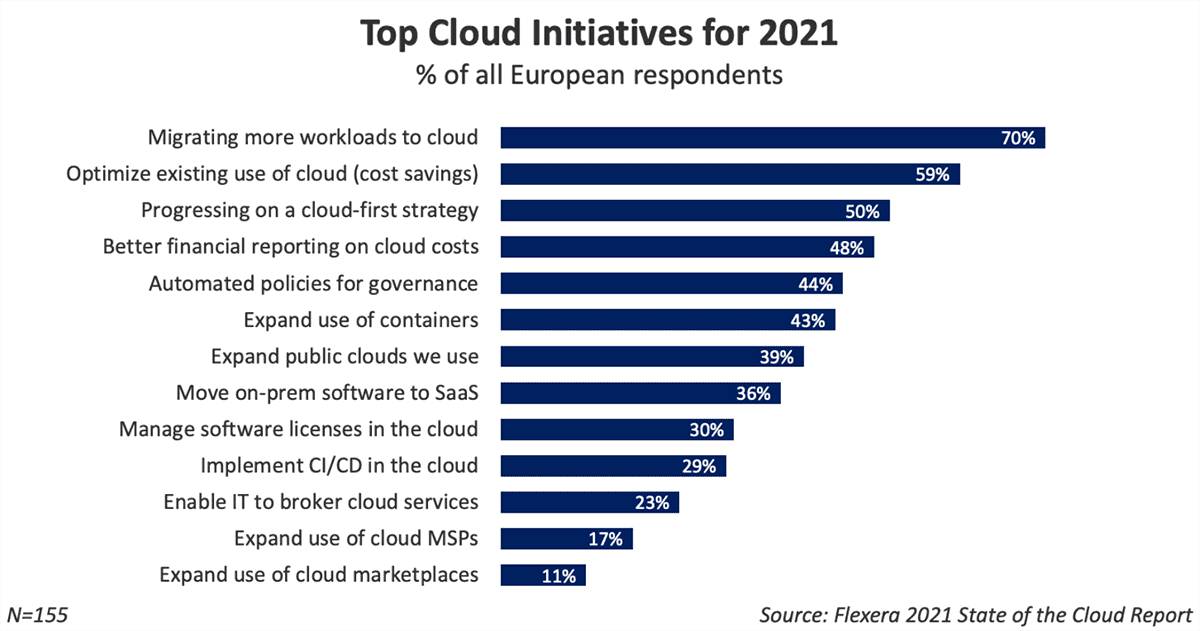
Cloud initiatives for European organizations. —Source: flexera.com
But what do we really mean when we talk about cloud migration? Put simply, cloud migration is a digital transformation strategy in which an organisation moves all or part of its workloads, data, and applications — including back-office applications like CRM and ERP systems — from traditional on-premise servers to a cloud-based platform.
The Benefits of Cloud Migration
One of the main advantages of moving key enterprise data and applications to the cloud is that they can be accessed from anywhere. Rather than being hosted on on-site servers connected to on-site computers at the office, employees can access these vital enterprise tools and assets no matter where they are.
This is a crucial consideration in these unprecedented times as the ongoing COVID-19 pandemic requires many employees to work from home — kickstarting a remote working trend that looks set to continue long after the crisis is over. Indeed, as Flexera’s survey reveals, 90% of organisations say that their cloud usage is higher than initially planned as a direct result of COVID-19.
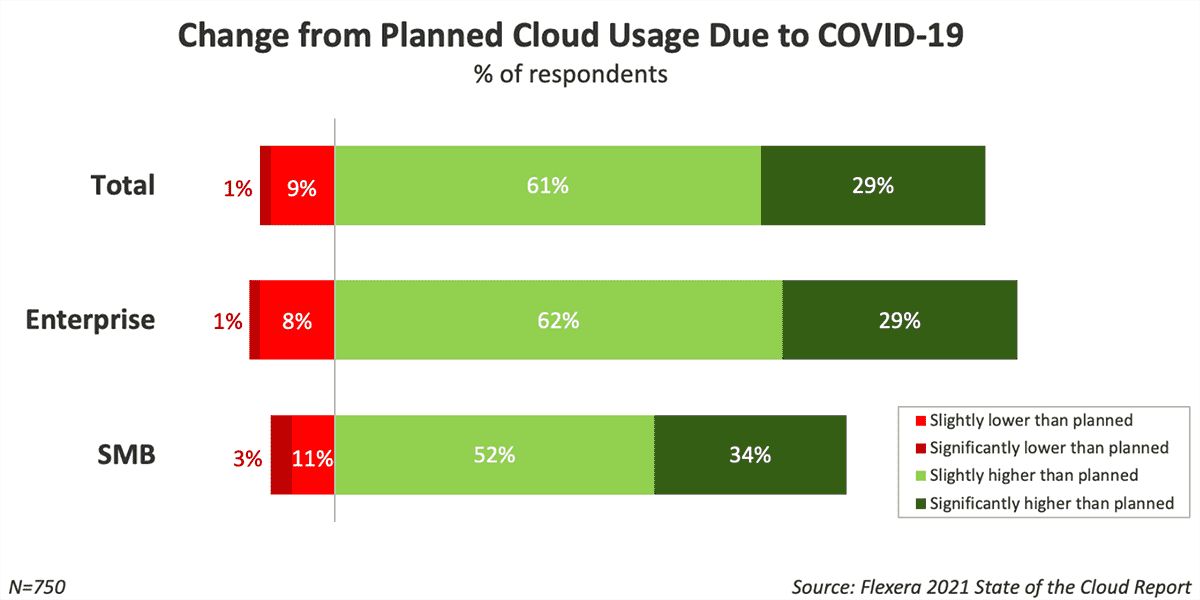
COVID-19 impact on planned cloud usage for all organizations. —Source: flexera.com
However, it’s not just the present global emergency that’s driving increased organisational efforts to move data and applications to the cloud. As a separate survey from Deloitte last year reveals, as cyberattacks become more prevalent and sophisticated, organisations are looking to the cloud to bolster their data protection and cybersecurity defences. In addition, they’re looking to modernize their data platforms to take advantage of advanced predictive and prescriptive analytics capabilities that unearth key business insights to drive decision-making.
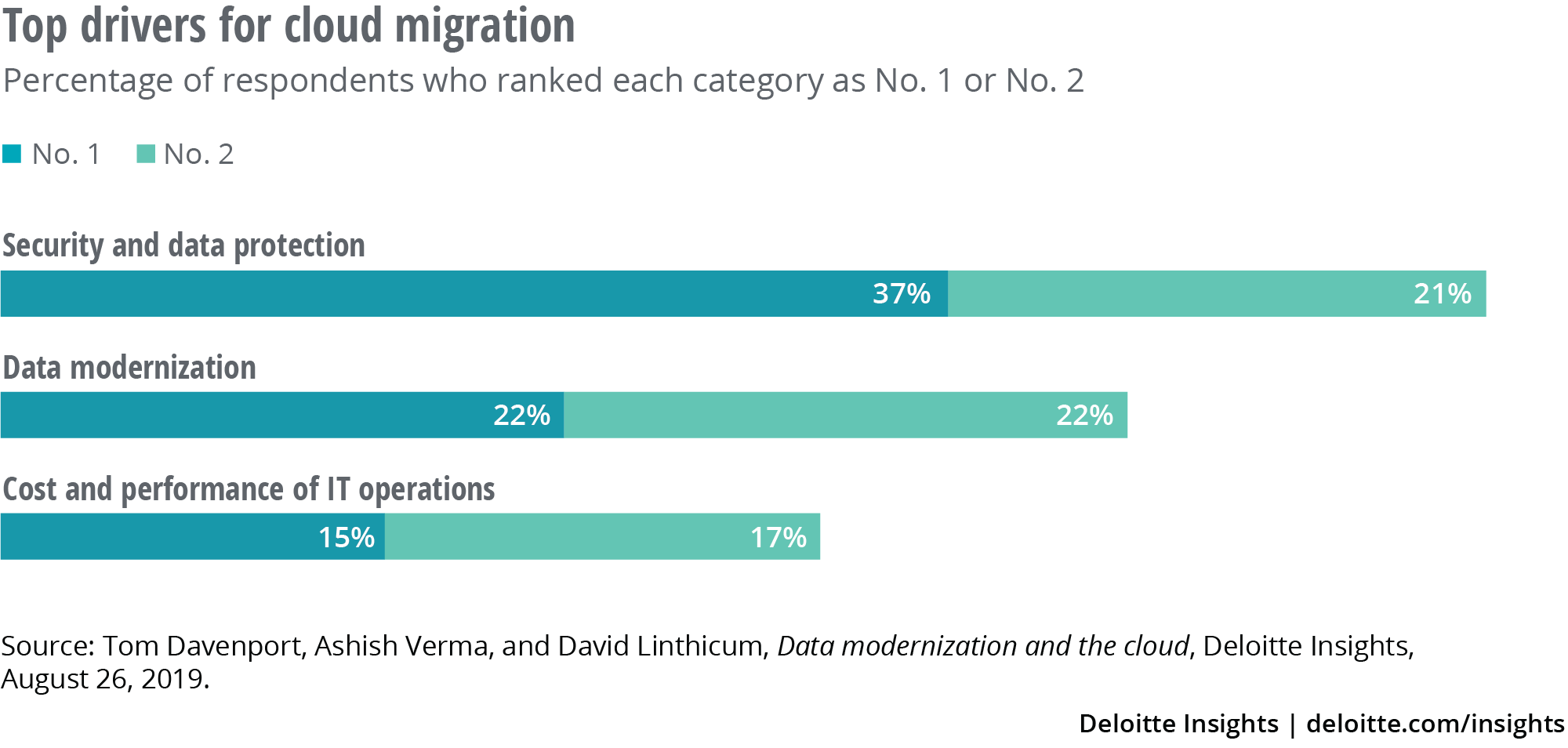
Top drivers for cloud migration. —Source: deloitte.com
Further benefits of cloud migration include cost-efficiency, flexibility, scalability, and performance.
In an on-premise IT environment, cost encompasses not only the upfront costs of owning your own hardware, but also managing, maintaining and updating it, as well as the costs that come with staffing, training, and policy.
Maintaining on-premise computing infrastructure requires ongoing hardware procurement, space, physical security, digital security, networking, operating systems, engineering talent, electricity, air conditioning, and much more besides.
By shifting to the cloud, you also shift these responsibilities to the cloud service provider, who can deliver all of these services on a pay-as-you-go basis at a fraction of the cost.
On-demand scaling also makes cloud migration cost-effective. Due, again, to the pay-as-you-go model in which cloud resources are obtained, scaling up and down is fast and simple. This is in stark contrast to on-premise setups, where scaling up requires the purchase of additional hardware in the first instance, and then additional management, maintenance, cooling, staffing, etc., from there on.
Uptime, reliability, and performance are all further benefits of cloud migration. Server failure in on-premise solutions can result in companies coming to a complete standstill. On the other hand, when applications are hosted in the cloud, should an issue arise, the environment is engineered so that data and applications can be moved between servers, enabling mission-critical applications to be available practically 100% of the time.
All these benefits and more are being realised by the vast majority of companies pursuing cloud initiatives. Accenture’s recent Business Value of Cloud Migration report reveals that not only do business leaders recognise that migrating to the cloud provides the means to a variety of business benefits — including greater cost efficiencies, improved service levels, greater speed to market, reimagined business models, and improved business resilience — but that most companies (83%) report having fully or mostly achieved these expected outcomes post-migration.
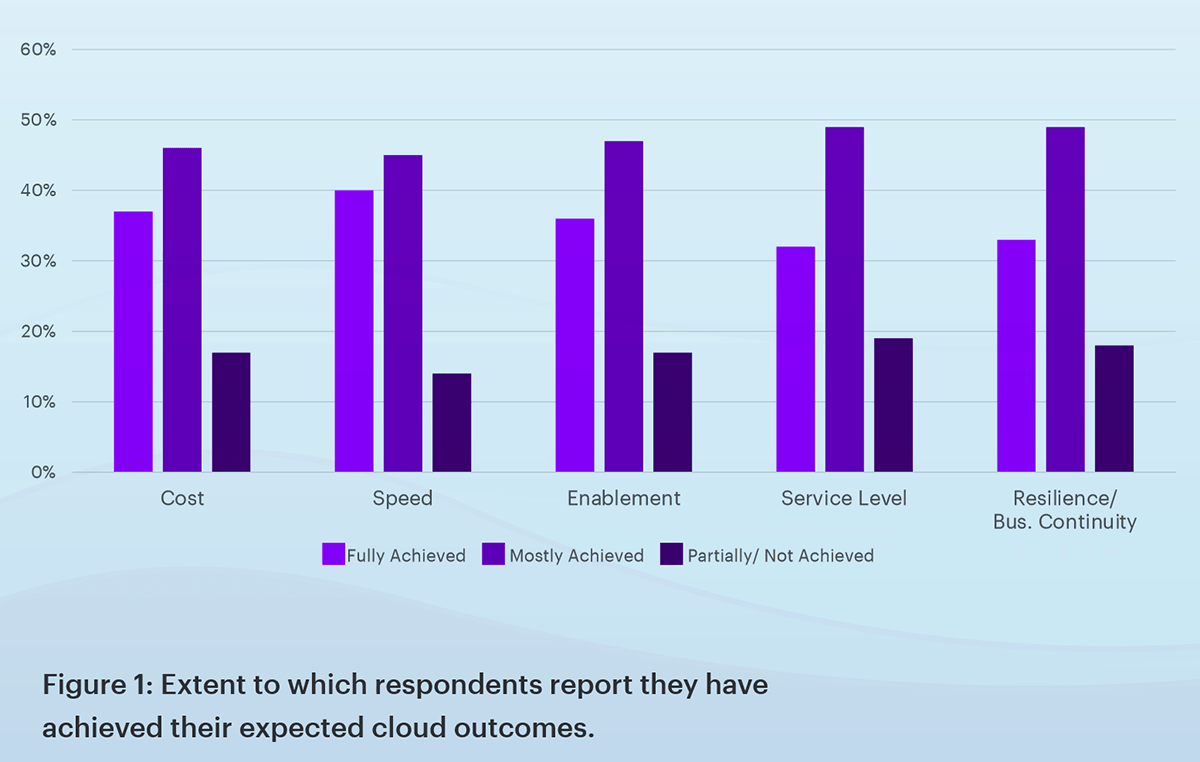
Breakdown by business benefit. —Source: accenture.com
The Challenges of Cloud Migration
Despite the benefits, it must be acknowledged that migrating critical applications and business data to the cloud is no simple task.
Flexera’s report reveals a number of challenges organisations face when undertaking cloud migration initiatives. Chief among them is assessing the technical feasibility of migrating on-premise apps, closely followed by understanding app dependencies. Indeed, mapping all the relationships across apps, hardware and networking devices is notoriously difficult to do, so it’s no surprise that respondents report these challenges.
Other critical challenges include prioritising apps to migrate, as well as the actual migrations of the apps and data themselves.

Cloud migration challenges for all organizations. —Source: flexera.com
Organisations need to address these challenges so they can make informed decisions as to which apps to migrate for the best business outcomes.
A report from IBM — Accelerate Digital Transformation with Enterprise Apps in the Cloud — makes the case for prioritising enterprise applications, such as enterprise resource planning (ERP) systems. By migrating such mission-critical applications, the report says, “your enterprise can more effectively mine customer, supply chain, sales and marketing data to deliver new applications and services to customers, employees, and partners.”
However, as also highlighted in Flexera’s survey above, since business-critical applications like ERP systems integrate key functions across the business, ensuring a seamless transition is crucial to success.
Overcoming these challenges will require careful planning — including diagramming dependencies between applications, crafting a comprehensive migration roadmap, and, crucially, selecting the right vendor that not only provides the best solution, but will also work with your IT team to properly manage the transition.
The metasfresh ERP Cloud Vision
Reducing complexity and overcoming migration obstacles are precisely what we developed our metasfresh Cloud Vision to address. We know that in order for digital transformation initiatives to succeed, organisations need ERP software that’s not only powerful, flexible, and feature-rich, but easy to integrate and enjoyable to use.
At metasfresh, our aim is to free up valuable resources in your company so you can save time and money on the implementation, maintenance, servicing, and operation of your cloud-based ERP system.
With metasfresh Cloud, you can leave the technology management to us and start enjoying all the benefits of a modern, powerful cloud ERP system. These include giving your whole team — no matter if working remotely or at the office — direct and instant access to an extensive suite of business management tools and live data from any device with an up-to-date browser and internet connection. Utilising metasfresh Cloud, the costs of managing and maintaining on-premises servers — including energy costs, backups, and disaster recovery — completely disappear. It is down to us, as the expert cloud ERP service provider, to not only manage and maintain the ERP solution, but the infrastructure it runs on as well.
Talk to us here at metasfresh to find out more. Since 2006, we have been developing our metasfresh ERP software non-stop with open source components and under the open source licenses GPLv2 and GPLv3. Our mission is to enable each and every company to access a powerful ERP system that supports digital transformation and fuels corporate growth. Get in touch today for more information and insights.
Share this Post



